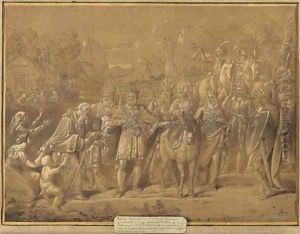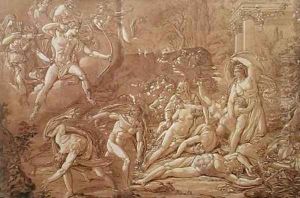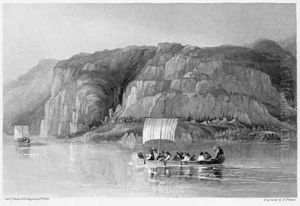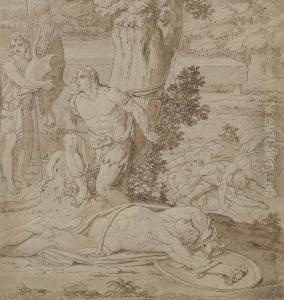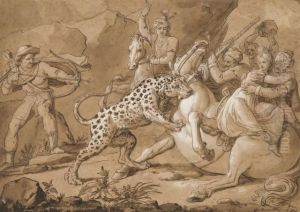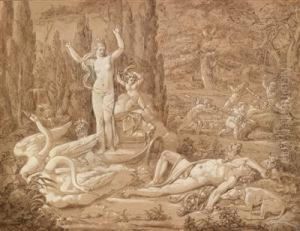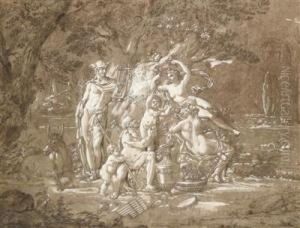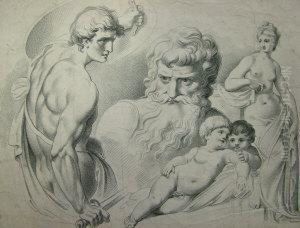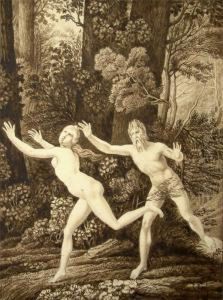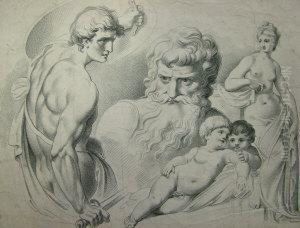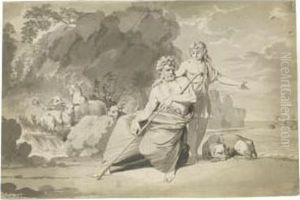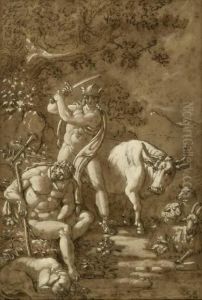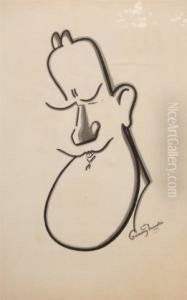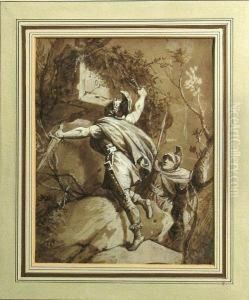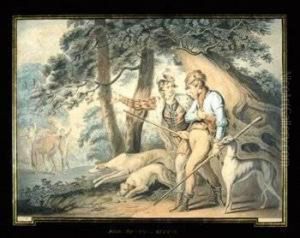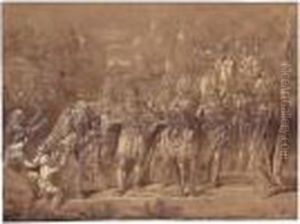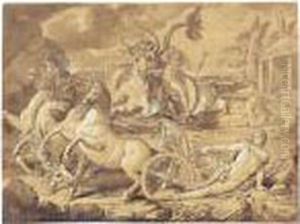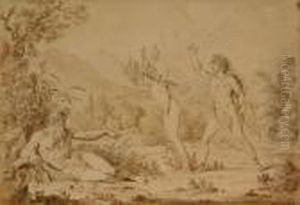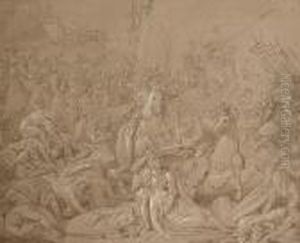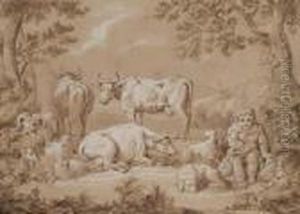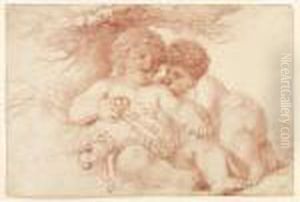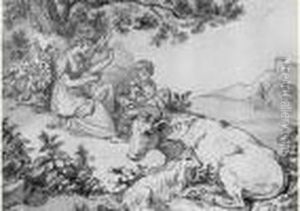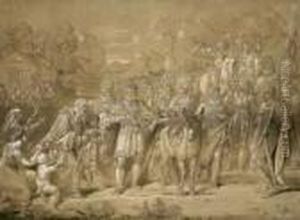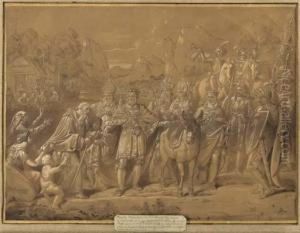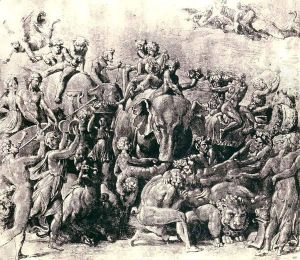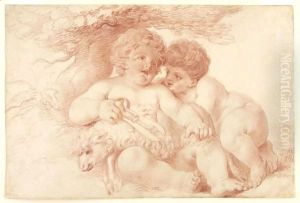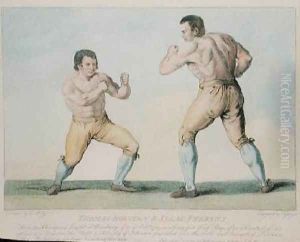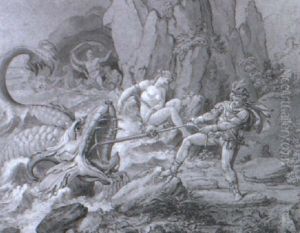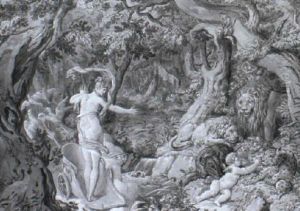Conrad Martin Metz Paintings
Conrad Martin Metz was an 18th-century German engraver and draftsman known for his reproductions of ancient sculptures and works by other artists. Born in Bonn, then part of the Archbishopric of Cologne, Metz displayed artistic talent early in his life. He initially studied under his father, who was also an artist, and later pursued further training in Rome, which was a major center for the arts and culture during his time.
In Rome, Metz honed his skills in engraving and became particularly influenced by the classical art and sculptures that he encountered. His reproductions of these works were highly regarded for their accuracy and finesse, and they played a significant role in disseminating knowledge of classical art throughout Europe. Metz's engravings helped to fuel the Neoclassical movement, which sought to revive the styles and principles of ancient Greek and Roman art.
After spending years in Italy, Metz returned to Germany, where he continued to work and produce engravings. His body of work includes engravings after ancient statues, such as those in the collection of the Vatican, as well as after paintings by renowned artists like Raphael. Metz was considered a master of the stipple technique, which involves using small dots to create gradations in shading, allowing for a high level of detail in his reproductions.
Metz's work was influential in his time, though he may not be as widely recognized today as some of his contemporaries. His engravings are preserved in various art collections and continue to be studied for their technical prowess and historical value. Conrad Martin Metz's contributions to the arts were significant in the context of the Neoclassical movement and the wider appreciation of classical antiquities in Europe.
